Video Shows Giant Dinosaur Tracks Discovered in Texas Riverbed Dried by Drought
The exciting prehistoric discovery will blow your mind.
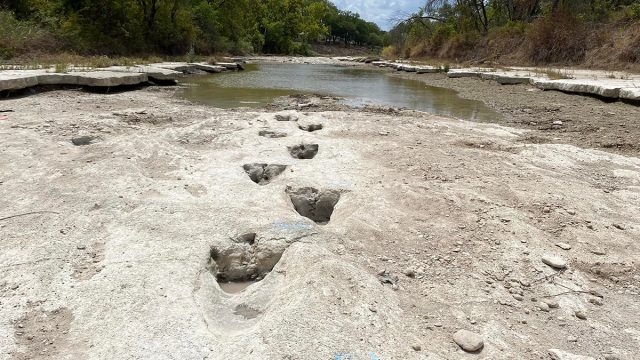
The study of dinosaurs (aka paleontology) is quite fascinating for a variety of reasons. Not only are the giant prehistoric creatures in and of themselves, but the fact that their bones and other clues of their existence, dating from over 100 million years ago, still remain is absolutely mind-blowing. Just take a walk through the American Museum of Natural History in New York City and lay your eyes on the full skeletal remains of a tyrannosaurus rex, bones still intact and appear to have your mind blown. This week, an unbelievable discovery in Texas is a great reminder that dinosaurs once ruled the world: scientists discovered dinosaur tracks in a riverbed dried by drought.
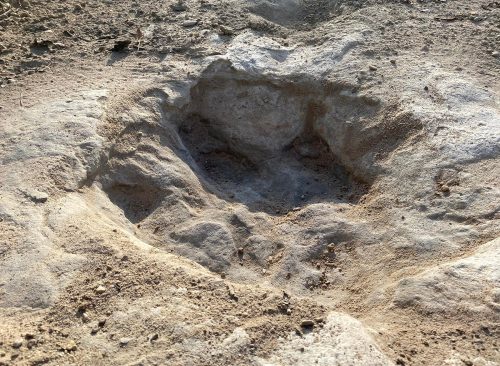
According to Stephanie Salinas Garcia, a spokesperson at Dinosaur Valley State Park in Texas, a recent drought unveiled large tracks from 113 million years ago belonging to a prehistoric beast – and the photos are absolutely stunning. Keep reading to see the video.
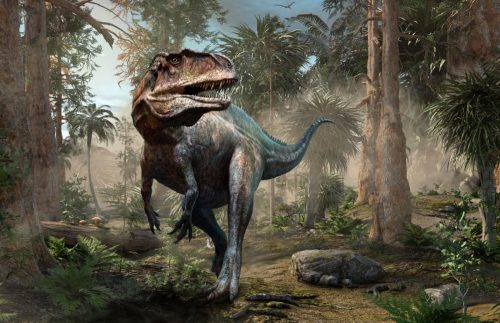
“Most tracks that have recently been uncovered and discovered at different parts of the river in the park belong to Acrocanthosaurus. This was a dinosaur that would stand, as an adult, about 15 feet tall and (weigh) close to seven tons,” she told CNN in an email.
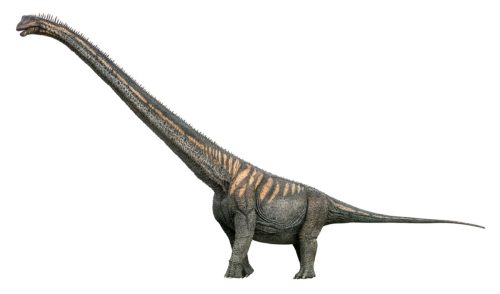
The Acrocanthosaurus isn’t the only dinosaur whose tracks were identified at the popular Glen Rose, Texas park. There are also tracks from a Sauroposeidon, a 60-foot tall, 44 ton dinosaur.
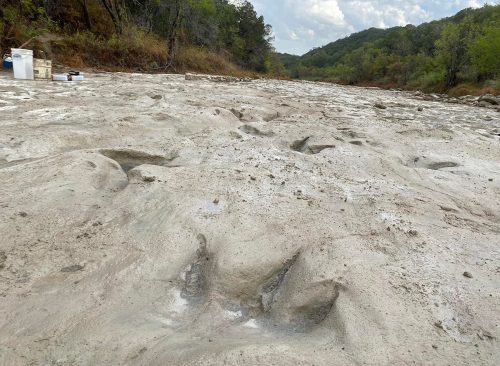
According to the park, the tracks were revealed as a result of the area’s excessive drought this summer. Garcia explained that they were previously underneath the water, and filled with sediment, making them less visible. When the rain returns, the tracks will likely be covered again. “While these newer dinosaur tracks were visible for a brief amount of time, it brought about the wonder and excitement about finding new dinosaur tracks at the park,” Garcia said. “Dinosaur Valley State Park will continue to protect these 113-million year-old tracks not only for present, but future generations.”

“Being able to find these discoveries and experience new dinosaur tracks is always an exciting time at the park!” Garcia added. “Right now, due to the very low river conditions, more tracks are now visible than under normal conditions,” the park said in a separate social media post. “So if you are wanting to find tracks and explore that aspect of the park, it is a great time to visit!”














